Cooling efficiency is a critical aspect of computer performance and longevity. As computers handle increasing workloads and demanding tasks, adequate cooling becomes essential to prevent overheating and maintain optimal functionality. One often-overlooked component in this cooling equation is the backplate. This article explores how backplate enhance cooling efficiency in computers, examining their design, materials, and overall impact on thermal management.
Understanding the Role of Backplates
What is a Backplate?
A backplate is typically a flat piece of material that attaches to the back of components like graphics cards and motherboards. While not always visible, it serves multiple purposes, including providing structural support, improving aesthetics, and facilitating heat transfer through thermal conduction. You may find backplates made from various materials such as aluminum, copper, or plastic, each offering different benefits and drawbacks. Understanding the basic role of backplates sets the stage for appreciating their impact on cooling. For example, while a plastic backplate might be lightweight and inexpensive, it will not provide the same level of thermal management as a metal one.
Importance in Cooling Systems
Backplates play a crucial role in the overall cooling system of a computer. They provide a surface for heat dissipation and help stabilize components against thermal expansion, which can affect performance over time. The connection they create between components often leads to better thermal management by promoting more efficient heat flow away from critical areas. Additionally, backplates can create a more cohesive thermal management system when integrated with cooling solutions like heat sinks and fans. This connection helps ensure that heat moves away from critical areas efficiently, contributing to overall system reliability.
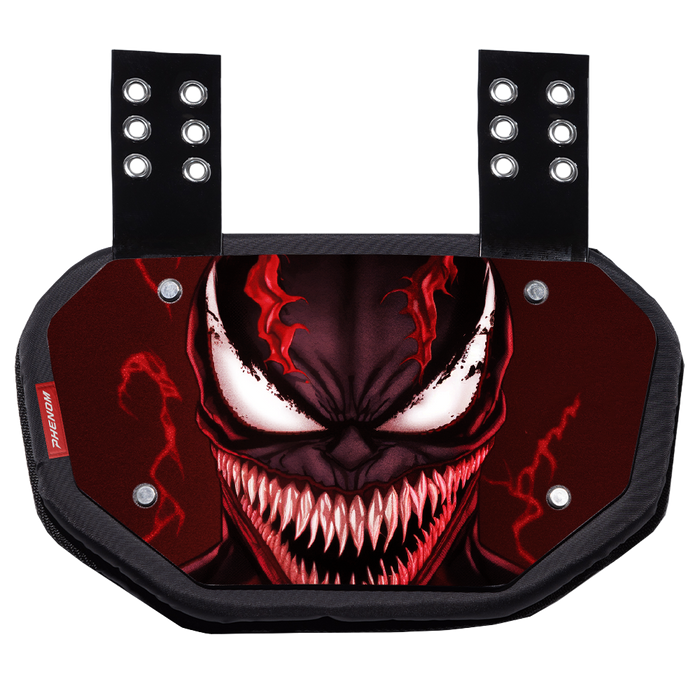
Enhanced Thermal Conductivity
Material Choices Make a Difference
The choice of material for a backplate significantly influences its cooling performance. Aluminum is popular due to its lightweight, cost-effectiveness, and decent thermal conductivity. However, copper, while heavier and more expensive, offers superior thermal conductivity properties. Copper’s ability to dissipate heat quickly can be particularly beneficial in high-performance systems dealing with intense workloads. When using high-performance components that generate considerable heat, opting for copper backplates can greatly enhance heat dissipation efficiency. Understanding these material differences enables users to select the right backplate for their specific cooling needs.
Conductive Interfaces
Many backplates feature thermal pads or interfaces that improve contact with the components they support. These interfaces help reduce thermal resistance and allow heat to flow more effectively from the component to the backplate. By maximizing contact between the backplate and the component, you can ensure that heat transfers efficiently, thereby minimizing the risks of overheating. The combination of the right material and proper thermal interfaces enhances the cooling capability of your system, promoting better performance and stability. This is crucial for users who engage in resource-intensive tasks like gaming, video editing, or running simulations.
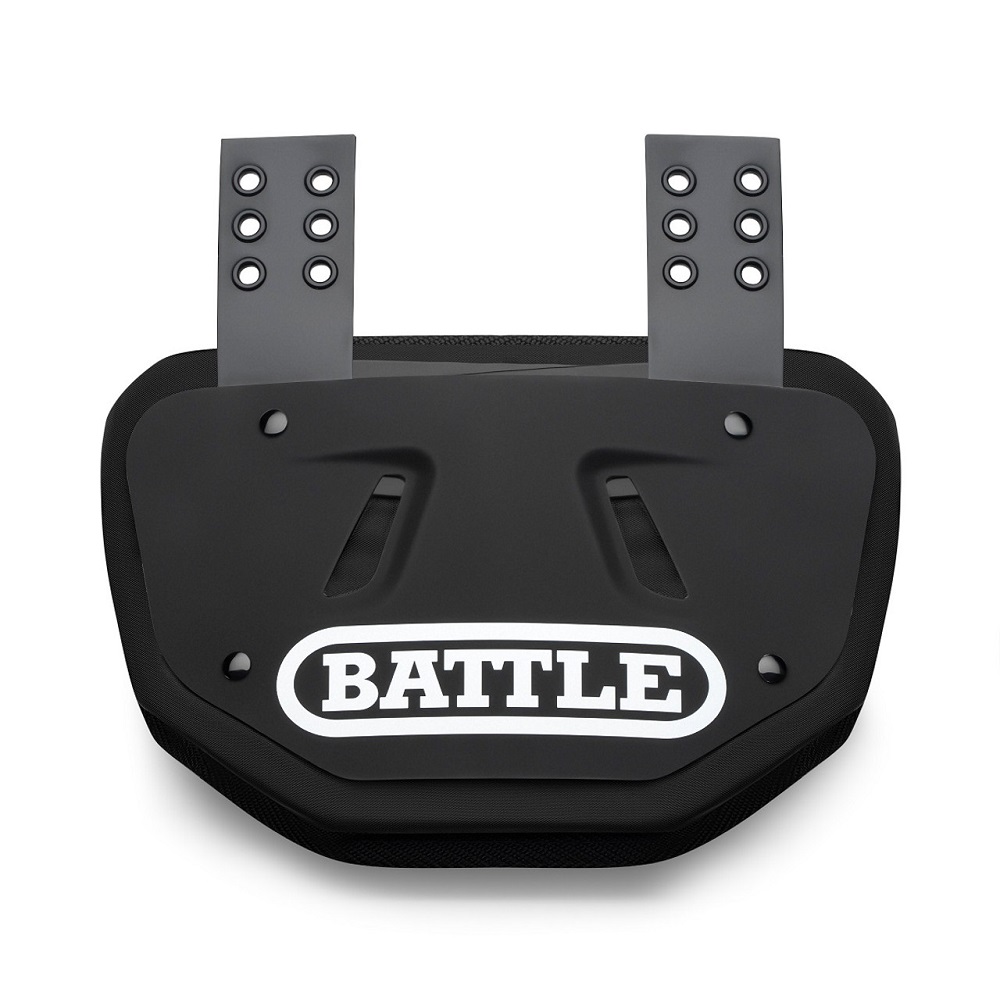
Structural Stability for Improved Cooling
Reducing Flex and Warping
Components like graphics cards can experience flex and warping, especially during high-stress situations such as gaming or heavy rendering. A well-designed backplate helps to mitigate these issues by providing additional structural support. Stability is particularly important in high-performance setups where components may generate substantial heat. By ensuring that the heat spreaders or cooling solutions remain firmly in contact with critical components, backplates help promote effective heat exchange. Furthermore, the added rigidity can prevent the bending or damage of circuit board traces, enhancing the overall longevity of your hardware.
Longer Lifespan for Parts
By reducing flex and providing support, backplates contribute significantly to the longevity of your computer’s components. When components remain stable, they experience less mechanical stress. This stability can prevent solder joints from cracking or other damage that typically occurs due to thermal expansion and contraction. Over time, the reduced wear from structural flexing mitigates the risk of failure, allowing you to get the most out of your investment. In essence, a thoughtful backplate design not only improves cooling but can also lead to a longer lifespan for your critical components, making it a wise addition for anyone serious about their computing setup.
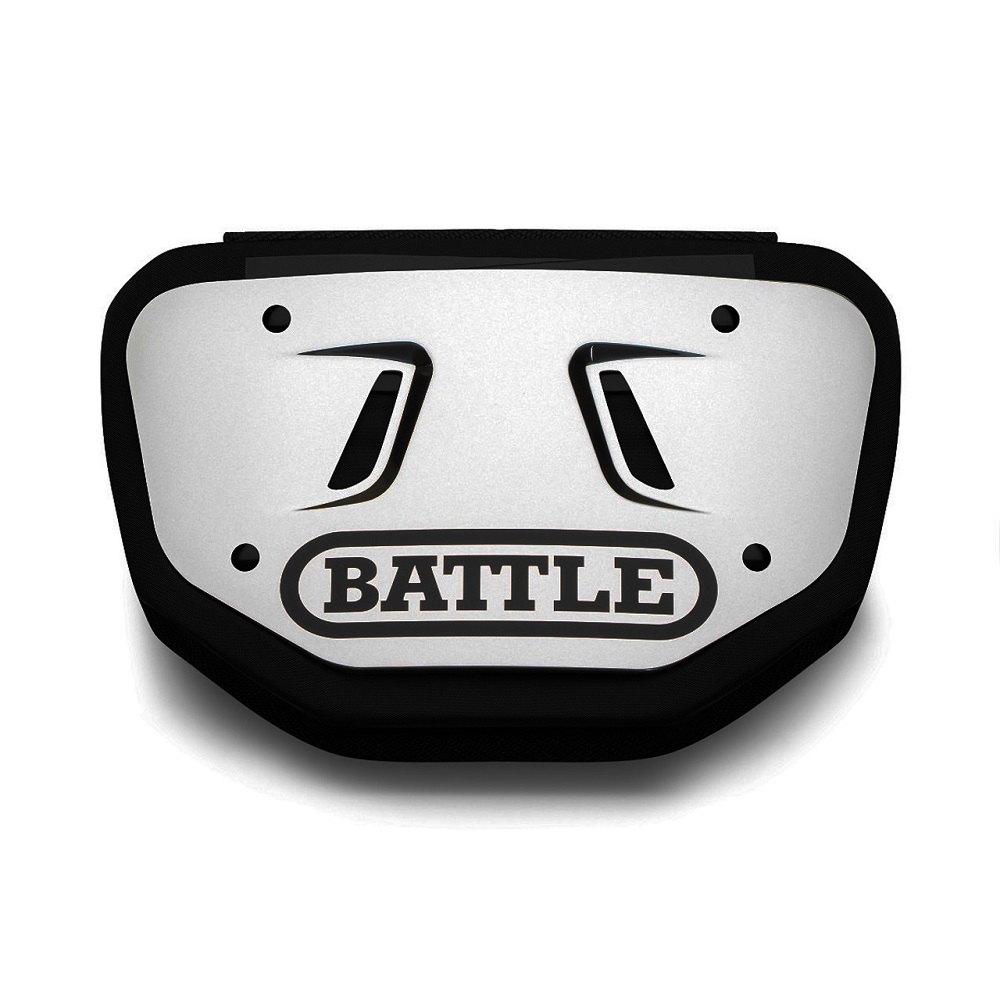
Active vs. Passive Cooling Integration
How Backplates Assist Passive Cooling
Backplates facilitate passive cooling by enhancing the surface area available for dissipating heat. Their flat surfaces can have fins or grooves that increase surface area, promoting better airflow and heat dissipation. When combined with a well-designed cooling system, backplates can passively help manage temperatures effectively, particularly in cases where fans may not be present or are limited in effectiveness. For users who prefer quieter systems, leveraging backplates as part of the passive cooling strategy can lead to a more serene environment without sacrificing performance.
Complementing Active Cooling Solutions
While backplates can promote passive cooling, they also work excellently with active cooling solutions like fans and liquid cooling systems. A backplate can serve as an anchor for fans, ensuring they are positioned optimally for airflow. Proper airflow is essential for maintaining low temperatures, and backplates help make this possible. Additionally, they create an organized layout that can improve airflow within the case. This strategic placement can further enhance the overall cooling efficiency of your computer. The result is a system that operates more smoothly, maximizing the performance of all your components.
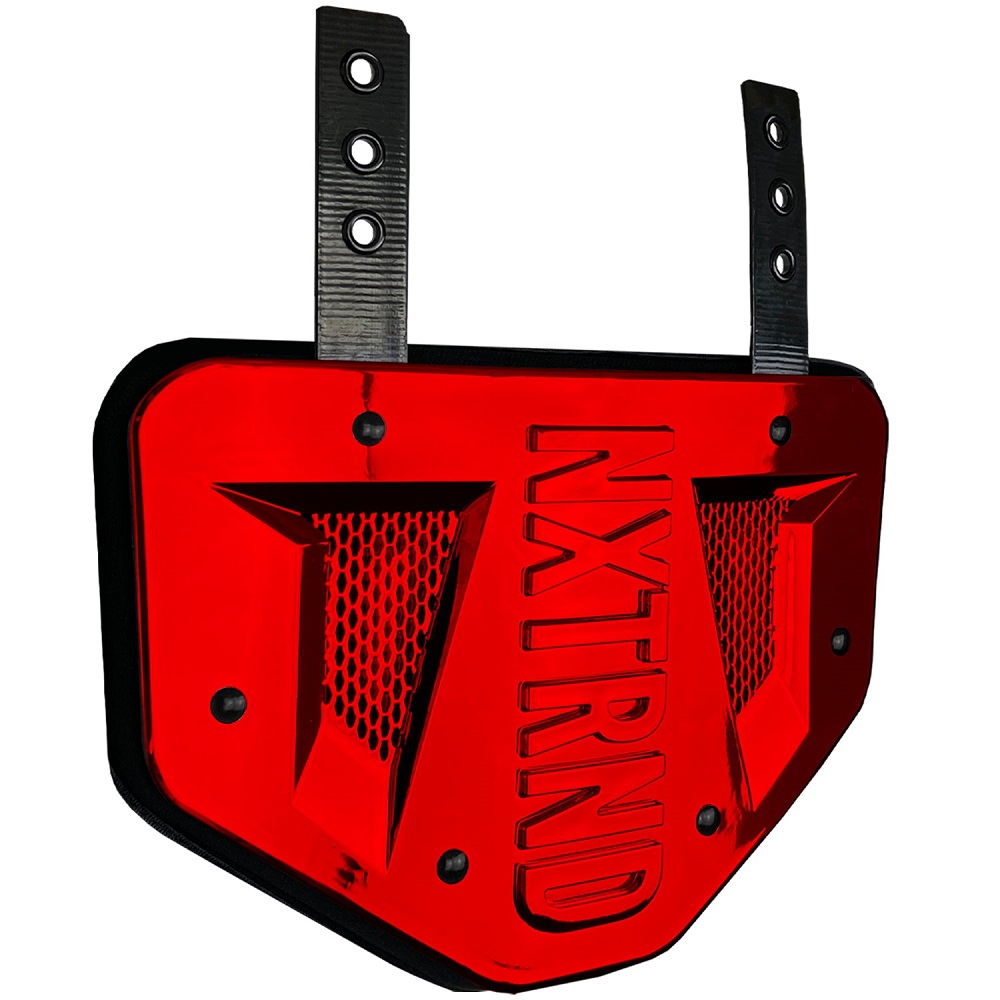
Aesthetics and Their Psychological Impact
Visual Appeal
Backplates can elevate the aesthetic quality of your computer setup. While the primary function is thermal management, many users appreciate the sleek look that backplates provide. Available in various finishes and designs, backplates can enhance the visual appeal of components, helping you create a more attractive and cohesive build. The aesthetic aspects cater to those who want not only performance but also a stylish look that makes their build stand out. A visually appealing setup can make your workspace feel more inviting and engaging, which is particularly important for those spending long hours in front of the computer.
Psychological Benefits of Aesthetic Cohesion
A well-structured and aesthetically pleasing workspace can positively influence your productivity and mood. When your computer looks good, it may inspire you to spend more time using it, whether for gaming, work, or creative projects. The visual satisfaction derived from a beautiful, organized setup contributes not only to your enjoyment but can also boost your productivity. A thoughtfully designed workspace encourages better focus, making it easier to dive into tasks with enthusiasm.
Compatibility with Cooling Technology
Design Compatibility
When investing in a backplate, consider compatibility with existing cooling technology. Some high-performance cooling solutions are designed to work optimally with specific backplates, enhancing heat transfer. It’s crucial to read reviews and specifications to ensure that your chosen backplate fits well with your cooling components. A well-matched system will not only look aesthetically pleasing but will also enhance the overall functionality and performance of your setup. By aligning your components properly, you create a more efficient thermal management process which is vital in preventing overheating during intensive tasks.
Future-Proofing Your System
Choosing a customizable backplate can help future-proof your system. Many consumers upgrade their components over time, and a versatile backplate can adapt to new technologies and cooling solutions. Opting for a backplate that allows for easy upgrades ensures that your cooling setup remains efficient as hardware evolves. This is especially important in the fast-paced tech world, where advancements happen so rapidly. A backplate designed with adaptability in mind not only protects your investment but also allows for seamless transitions to newer, better technology.
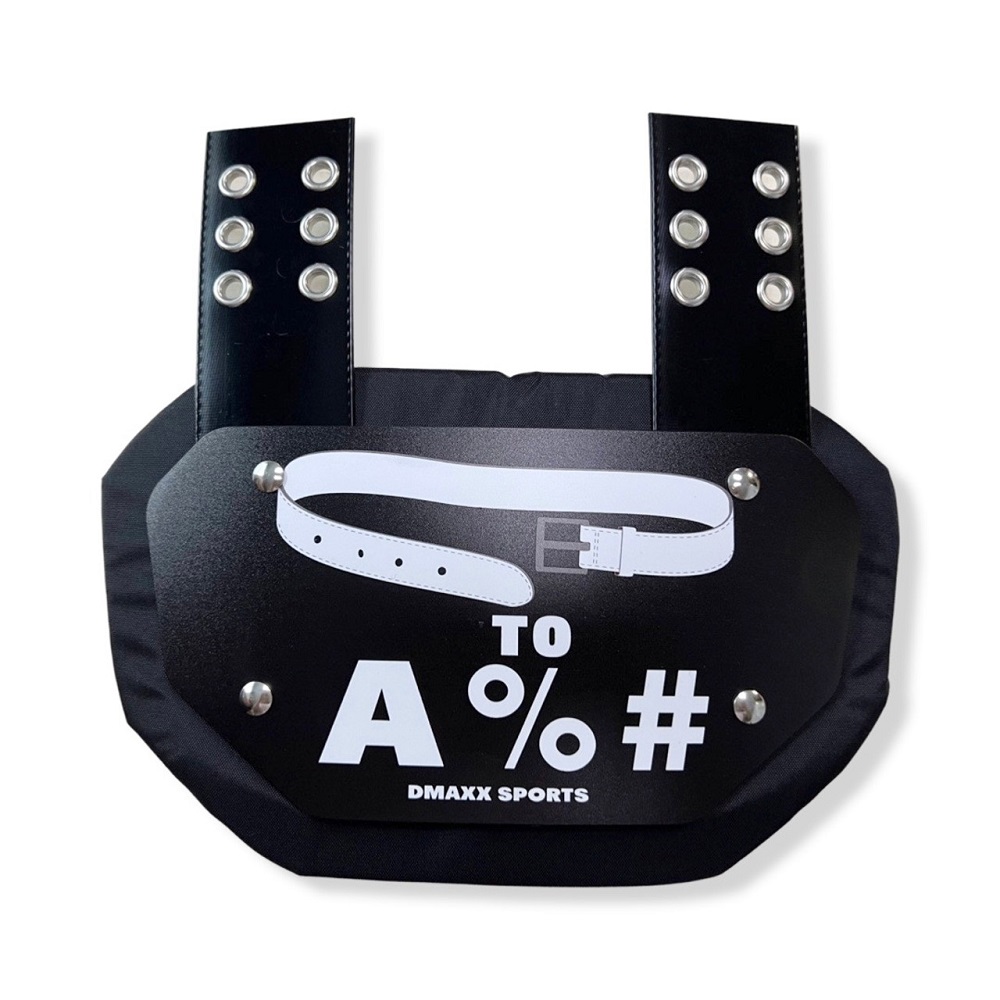
DIY Backplate Solutions
Crafting Your Own Backplate
For the DIY enthusiast, creating your backplate offers a rewarding challenge that allows you to customize design and materials to suit your needs. Using materials like cardboard, plastic, or aluminum can create functional backplates tailored specifically to your cooling requirements. This hands-on approach gives you creative freedom while also helping you understand the practical applications of thermal management in computers. By crafting your backplate, you can experiment with different designs and styles, ensuring you maximize both performance and aesthetic appeal.
Assessing Performance Improvements
After installing a DIY backplate, monitor your computer’s temperatures and performance. Documenting temperature changes during standard operations or stress tests provides valuable insights into how your backplate design affects cooling efficiency. This hands-on experimentation not only enhances your understanding of thermal management but also offers practical knowledge for future projects. Analyzing the effectiveness of your DIY efforts helps you adjust designs to better suits your cooling needs, offering a rewarding way to learn and improve.
Maximizing Cooling Efficiency with Backplates
Backplates improve cooling efficiency in computers through multiple mechanisms, including enhanced thermal conductivity, structural stability, and adaptability to cooling technologies. They maintain tighter thermal connections, minimize flex in components, and can even improve aesthetics, resulting in a more cohesive and enjoyable user experience.
Opting for the right backplate—whether through customized DIY solutions or high-quality commercial options—can significantly impact your computer’s performance and longevity. As workloads become more demanding, investing in quality cooling solutions becomes increasingly critical. Emphasizing the components that help dissipate heat effectively prepares you for both current tasks and future challenges. By understanding the role backplates play, you can enhance your computing experience for the better!
In conclusion, whether you’re a casual user, a gamer, or a professional, recognizing and utilizing the functionality of backplates can lead to substantial improvements in how your computer performs while prolonging its lifecycle. This knowledge empowers you to make informed choices that optimize both your hardware and your overall experience.